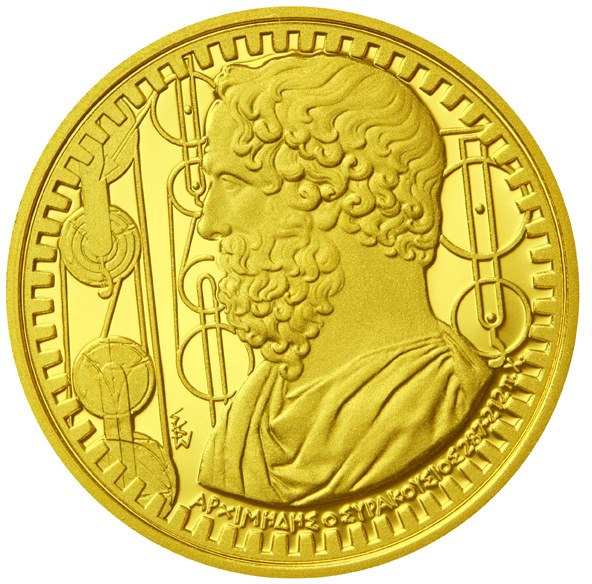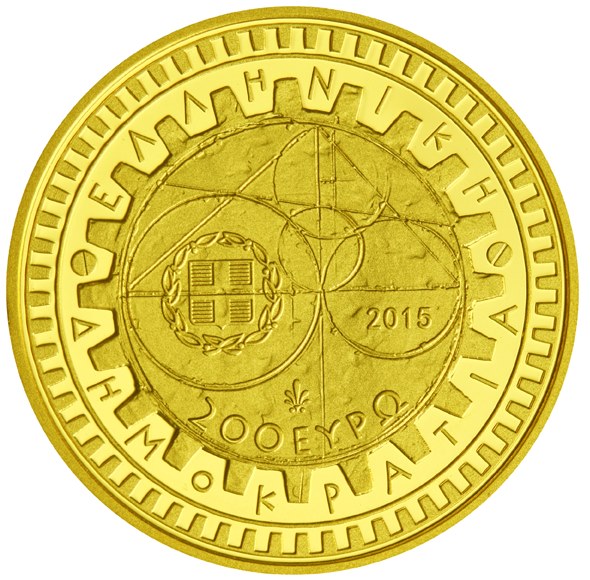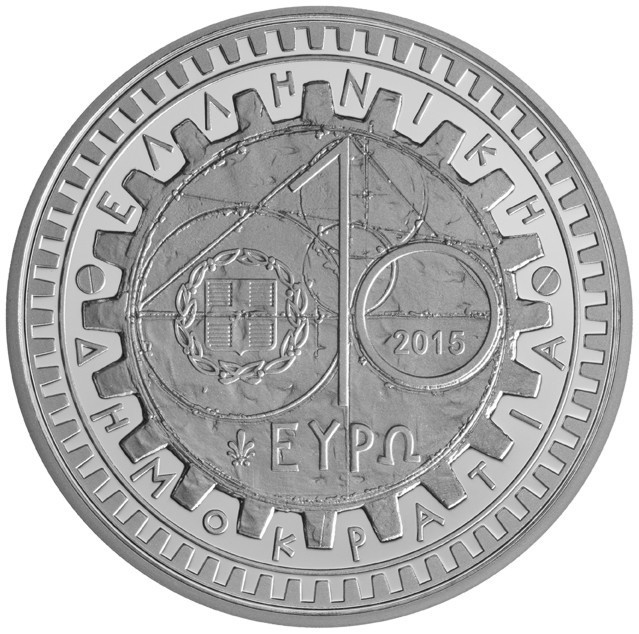Not one of the world’s most prolific releasers of precious metal commemorative coins, the Bank of Greece nevertheless has earned a reputation for producing some very sought after designs over the last few years. One of the finest series of coins they produce is centred around something that Greece has in an abundance that virtually no other country can match, ancient culture.
Starting in 2012, the bank began issuing a series of ‘Greek Culture’ coins showcasing some of the great minds of the ancient world from fields like medicine, philosophy and art. One of the first coins in the range, Socrates, won the award for ‘Historically Most Significant Coin’ at the recent 2014 Krause Coin of the Year awards. Last year saw the launch of coins depicting Aristotle and the tragedian, Euripides.
Being part of the Euro zone of currencies, Greek coins benefit from having differing artwork on both sides of the coin and they’ve used this to great effect in this series. Struck at the Athens Mint, both the sterling silver and the 22kt gold coins are available now and both are nicely packaged and strictly limited to 1,500 and 750 pieces respectively. Prices of the silver have already risen from the issue price of €65 to around double that. With such limited availability and such a beautiful design, I wouldn’t be surprised to see it rise further.
ARCHIMEDES OF SYRACUSE
Born around 287 BC and dying around 212 BC, Archimedes was an Ancient Greek mathematician, physicist, engineer, inventor, and astronomer. Although few details of his life are known, he is regarded as one of the leading scientists in classical antiquity.
Generally considered the greatest mathematician of antiquity and one of the greatest of all time, Archimedes anticipated modern calculus and analysis by applying concepts of infinitesimals and the method of exhaustion to derive and rigorously prove a range of geometrical theorems, including the area of a circle, the surface area and volume of a sphere, and the area under a parabola. Other mathematical achievements include deriving an accurate approximation of pi, defining and investigating the spiral bearing his name, and creating a system using exponentiation for expressing very large numbers. He was also one of the first to apply mathematics to physical phenomena, founding hydrostatics and statics, including an explanation of the principle of the lever. He is credited with designing innovative machines, such as his screw pump, compound pulleys, and defensive war machines to protect his native Syracuse from invasion.
Archimedes died during the Siege of Syracuse when he was killed by a Roman soldier despite orders that he should not be harmed. Cicero describes visiting the tomb of Archimedes, which was surmounted by a sphere and a cylinder, which Archimedes had requested to be placed on his tomb, representing his mathematical discoveries. (Source: Wikipedia)







So what is the next Greek culture proof coin series issue? Who will be feature on that commemorative coins in 2016?
Don’t know about 2016, but there is an Aristophenes coin yet to come in 2015, along with a Greek Mythology coin featuring the goddess Hera. Should be a more classical take than the Perth Mint.